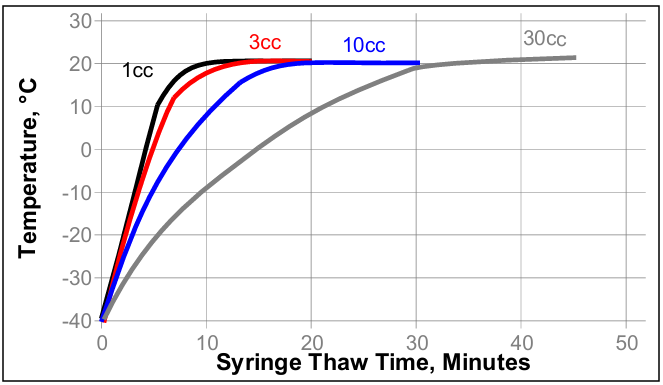LOCTITE ABLESTIK 958-7 | Electrically Conductive Adhesive
- Electrically conductive
- Good adhesion to gold
- Heat cure
Product Description
LOCTITE ABLESTIK 958-7 is a silver-filled, electrically conductive epoxy adhesive engineered for high-reliability hybrid die attach applications. Formulated for advanced electronic assemblies, this adhesive delivers both strong mechanical bonding and consistent electrical performance, even under thermal and environmental stress.
What sets 958-7 apart is its enhanced adhesion to gold surfaces, making it particularly well-suited for sensitive components in hybrid circuits, semiconductors, and high-density electronics. Its proven track record in reliability makes it a go-to solution for manufacturers that demand dependable electrical conductivity along with robust bond strength.
Typical Applications:
- Hybrid Die Attach
- High-Reliability Electronics
- RF and Microwave Components
Technical Specifications
| General Properties | |
| Appearance Appearance Appearance at room temperature. | Gray |
| Work life @25°C Work life @25°C Work life is the amount of time we have to work with a material until it is no longer able to be easily worked and applied on a substrate. It is based on the change in viscosity and it can rely on the application requirements. | 168 hours |
| Electrical Properties | |
| Volume Resistivity Volume Resistivity Volume resistivity, also called volume resistance, bulk resistance or bulk resistivity is a thickness dependent measurement of the resistivity of a material perpendicular to the plane of the surface. | 1.0x10-4 Ohms⋅cm |
| Chemical Properties | |
| Water Extract Conductivity | 1.5e-7 Ohm |
| Physical Properties | |
| Viscosity Viscosity Viscosity is a measurement of a fluid’s resistance to flow. Viscosity is commonly measured in centiPoise (cP). One cP is defined as the viscosity of water and all other viscosities are derived from this base. MPa is another common unit with a 1:1 conversion to cP. A product like honey would have a much higher viscosity -around 10,000 cPs- compared to water. As a result, honey would flow much slower out of a tipped glass than water would. The viscosity of a material can be decreased with an increase in temperature in order to better suit an application | 90,000 mPa.s |
| Thermal Properties | |
| Flash Point Flash Point The flashpoint of a solvent is the lowest possible temperature at which it can vaporize to form an ignitable vapor. Flashpoint is often confused with “autoignition temperature”, which is the temperature at which a solvent ignites without an ignition source. | 93 °C |
| Glass Transition Temperature (Tg) Glass Transition Temperature (Tg) The glass transition temperature for organic adhesives is a temperature region where the polymers change from glassy and brittle to soft and rubbery. Increasing the temperature further continues the softening process as the viscosity drops too. Temperatures between the glass transition temperature and below the decomposition point of the adhesive are the best region for bonding. The glass-transition temperature Tg of a material characterizes the range of temperatures over which this glass transition occurs. | 67 °C |
| Thermal Conductivity Thermal Conductivity Thermal conductivity describes the ability of a material to conduct heat. It is required by power packages in order to dissipate heat and maintain stable electrical performance. Thermal conductivity units are [W/(m K)] in the SI system and [Btu/(hr ft °F)] in the Imperial system. | 2.0 W/m.K |
| Weight Loss @ 300°C | 0.23 % |
Additional Information
LOCTITE ABLESTIK 958-7 ADDITIONAL SPECIFICATIONS
| Property | Value | Unit |
| Lap Shear Strength @25℃ (Al to Al) | 14 | N/mm2 |
| Bond Strength @25℃ | 39 | N/mm2 |
| Bond Strength @25℃ (after 1,000 hours @150℃) | 37 | N/mm2 |
Recommended Cure Schedule
- 1 hour @150°C
Thawing
- Allow container to reach room temperature before use.
- After removing from the freezer, set the syringes to stand vertically while thawing.
- DO NOT open the container before contents reach 25°C temperature. Any moisture that collects on the thawed container should be removed prior to opening the container.
- DO NOT re-freeze. Once thawed to 25°C, the adhesive should not be re-frozen.

Directions for Use
- Thawed adhesive should immediately be placed on dispense equipment for use.
- If the adhesive is transferred to a final dispensing reservoir, care must be exercised to avoid entrapment of contaminants and/or air into the adhesive.
- Adhesive must be completely used within the product's recommended work life.
- Apply enough adhesive to achieve a 25 to 50 µmwet bondline thickness, dispensed with approximately 25 to 50 % filleting on all sides of the die.
- Alternate dispense amounts may be used depending onthe application requirements.
- Star or crossed shaped dispense patterns will yield fewerbondline voids than the matrix style of dispense pattern.




